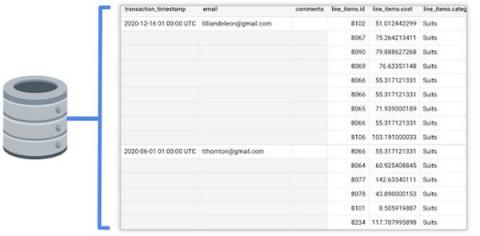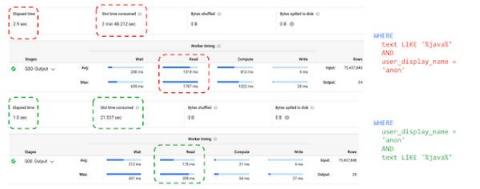Systems | Development | Analytics | API | Testing
August 2021
How Renault solved scaling and cost challenges on its Industrial Data platform using BigQuery and Dataflow
French multinational automotive manufacturer Renault Group has been investing in Industry 4.0 since the early days. A primary objective of this transformation has been to leverage manufacturing and industrial equipment data through a robust and scalable platform. Renault designed an industrial data acquisition layer and connected it to Google Cloud, using optimized big data products and services that together form Renault's Industrial Data Platform.
BigQuery Admin reference guide: Monitoring
Last week, we shared information on BigQuery APIs and how to use them, along with another blog on workload management best practices. This blog focuses on effectively monitoring BigQuery usage and related metrics to operationalize workload management we discussed so far.
BigQuery workload management best practices
In the most recent season of BigQuery Spotlight, we discussed key concepts like the BigQuery Resource hierarchy, query processing, and the reservation model. This blog focuses on extending those concepts to operationalize workload management for various scenarios.
BigQuery Admin reference guide: API landscape
So far in this series, we’ve been focused on generic concepts and console-based workflows. However, when you’re working with huge amounts of data or surfacing information to lots of different stakeholders, leveraging BigQuery programmatically becomes essential. In today’s post, we’re going to take a tour of BigQuery’s API landscape - so you can better understand what each API does and what types of workflows you can automate with it.
IDC reveals 323% ROI for SAP customers using BigQuery
If the COVID-19 pandemic has taught us anything, it is that speed and intelligence are of the essence when it comes to making business decisions. Organizations must find ways of keeping ahead of competitors and disruptions by continually leveraging data to make smart decisions. The problem? Data may be everywhere, but it’s not always available in a form that businesses can use to generate analytics in real time.
Understanding the BigQuery API landscape
How to monetize BigQuery datasets using Apigee
Understanding BigQuery data governance
BigQuery Admin reference guide: Data governance
Hopefully you’ve been following along with our BigQuery Admin series and are well on your way to getting ramped up with BigQuery. Now that you’re equipped with the fundamentals, let's talk about something that’s relevant for all data professionals - data governance.
Strategies for optimizing your BigQuery queries.
BigQuery Admin reference guide: Query optimization
Last week in the BigQuery reference guide, we walked through query execution and how to leverage the query plan. This week, we’re going a bit deeper - covering more advanced queries and tactical optimization techniques. Here, we’ll walk through some query concepts and describe techniques for optimizing related SQL.













